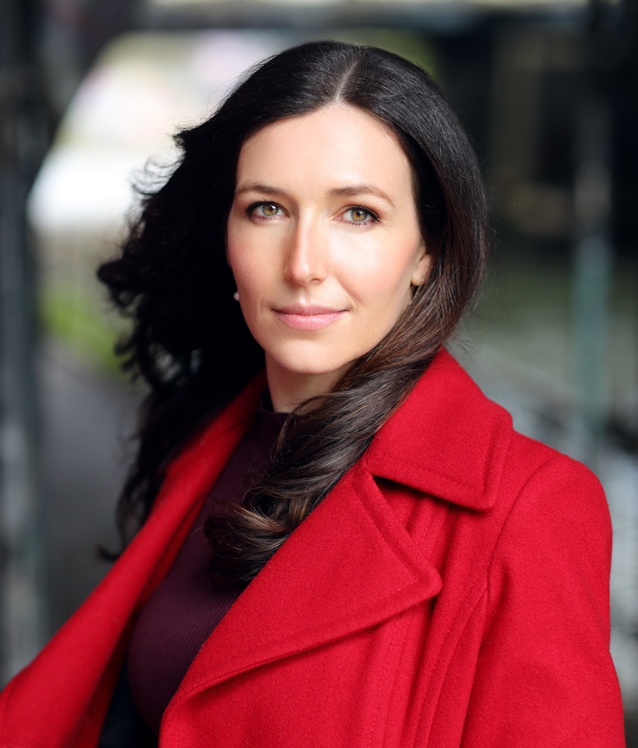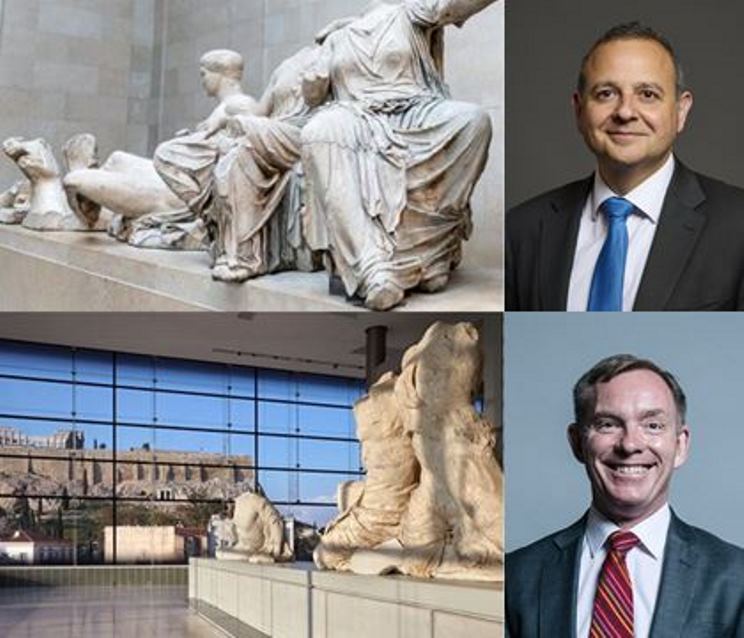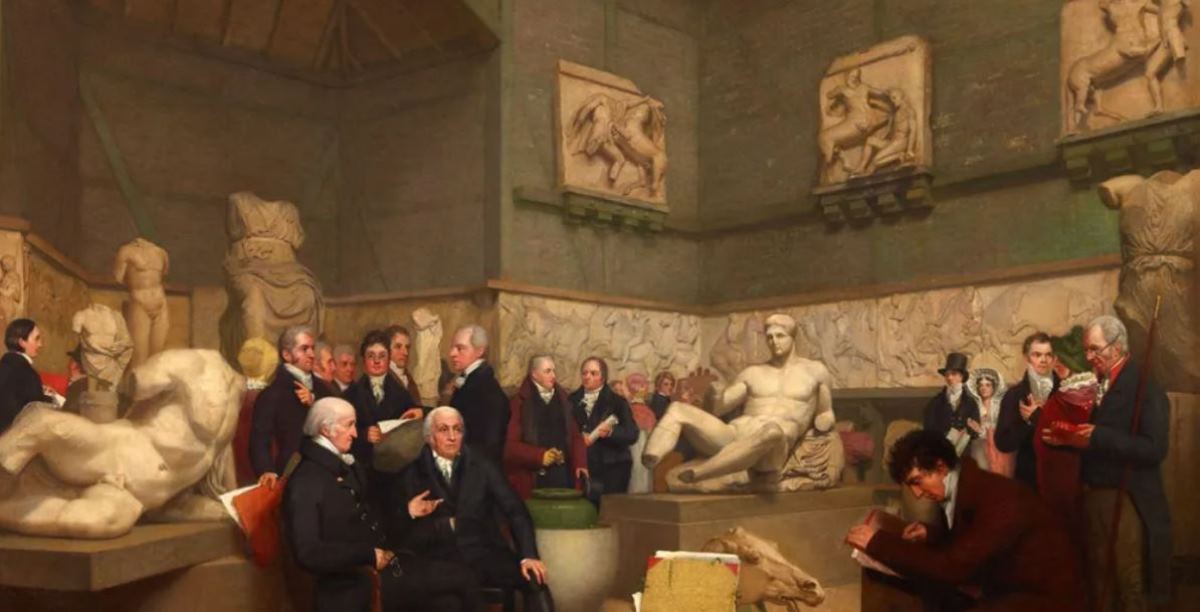20 June 2009
It will be Greece's smartest party of the summer - a moonlit dinner for 300 international guests on the terrace of the new Acropolis museum.
The list for tonight's bash includes as many political and cultural luminaries as Antonis Samaras, the culture minister, could muster as Greece raises the stakes in its long-running campaign for the return of the Elgin marbles by the UK.
Among the heavy hitters will be Recep Tayyip Erdogan, the Turkish prime minister, and José Manuel Barroso, president of the European Commission, followed by a line-up of Unesco officials, international museum directors and A-list classical scholars.
But the British - custodians of half the 5th century BC frieze from the Parthenon temple, removed by the British diplomat and antiquarian Lord Elgin in the 19th century - will be conspicuous by their absence.
"We sent invitations to the Queen, the Prince of Wales and [prime minister] Gordon Brown and, naturally, the director of the British museum. None of them could make it," Mr Samaras said.
It was a UK scholar's remark 30 years ago, that if parliament ever voted to return the marbles Greece had nowhere suitable to display them, which triggered the museum project.
It has taken 30 years and eight Greek governments to bring the project to fruition.
The design - by Bernard Tschumi, a Swiss architect, and his Greek associate Michael Photiades - of glass and concrete boxes stacked on more than 100 anti-seismic columns is gradually winning over Athenians.
"It looked too big for the site at first but now I like its grandeur," said Stefanos, a student who rents an flat in Makriyianni, the middle-class neighbourhood behind the museum.
The display covers about 4,000 sculptures and smaller exhibits, including many that are on display for the first time after gathering dust for more than 100 years in warehouses around the Greek capital. The Parthenon gallery, a glass box with the precise dimensions and orientation of the ancient temple, glitters at the top of the building.
Inside, original panels of honey-coloured marble are interspersed with paler copies of the British Museum's half of the 160m frieze.
Greece's position is that the two halves should be reunited in the new museum at the earliest possible date, perhaps as a permanent loan.
To fill the empty space in the Duveen gallery in London, Greece would provide world-class sculptures from Greek museums, chosen by British Museum officials.
But the London curators are sticking to a longstanding argument: that the sculptures should stay where they are as part of "a unique overview of world cultures that the British museum exists to present".
Mr Samaras has warned his team to stay cool during this weekend's festivities and avoid contentious issues - such as whether Lord Elgin's "firman", a permit from the Ottoman Turkish rulers of Athens to collect antiquities from the Acropolis gave him the right to erect scaffolding on the Parthenon and cut down slabs of the frieze.
Worried that their guests tonight could grow bored of classical antiquity, museum officials have come up with a 30-minute video animation that brings the contents of the galleries to life.
Giant digital images of classical horsemen from the frieze, along with figures of statues and stylised birds and animals from ancient vases will flash across a backdrop of the Acropolis hill and buildings around the museum.





Comments powered by CComment